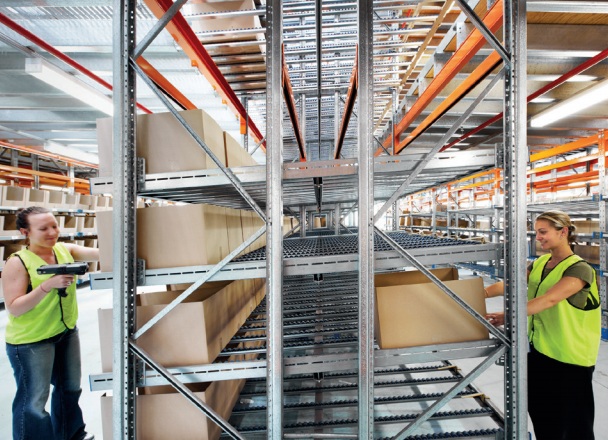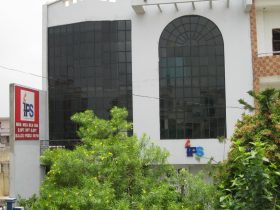What used to be merely a facility used to store goods before they were transported further down the supply chain is now seen as a part where substantial progress in terms of efficiency and sustainability can be made. This change was brought about by many breakthroughs in other fields, particularly IT, automation and warehouse management systems.
Focus Shift
Instead of keeping the warehouses stocked with merchandize, the focus has now shifted to the speed at which the goods flow. Excessive stock levels are now rightfully seen as sure signs of misevaluation of demand.
Since the focus is on the speed and rapid product flow, the key objective is to move goods as fast as possible along the supply chain. In order to achieve this, companies are exploring and exploiting the benefits offered by cross-docking. Some surveys have shown that at the best run warehouses as much as a half of all incoming goods are cross-docked.
Another change was noticed in the design of modern warehouses, which make most of the renewable energy and natural light, thus helping companies become greener and make better use of the space available.

Technology
Being more than just a place to store goods, a warehouse is now a real information hub. Since the operations are now more complex, advanced technology has to be used to cover the needs. The aim is to successfully handle huge amounts of data and respond to the demand with perfect accuracy. This is particularly important when it comes to cross-docking.
Also, warehouses now need direct contact via Internet with customers, who, in turn, are becoming more demanding when it comes to the size of parcels and customization. Also, real-time information has become of paramount importance. Finally, the customers vary and their numbers are rising, which means a lot of resources have to be invested in the optimization of warehousing solutions.
What do Hi-tech Warehouses Offer?
Such facilities work on several aspects in order to improve their overall performance. For example, the distances travelled by each employee are recorded and analyzed in order to find ways to make them more efficient.
Also, the layout should provide cost benefits to the organization. Value stream mapping is used to assess the information and product flow in the warehouse, as well as to pinpoint possible bottlenecks and delays in the system.
When it comes to receiving and storing goods, efficiency and safety are the key issues. No more than two moves are expected when receiving goods (but one is the target) if the operation is to be deemed a success. “Information replaces inventory,” as they say in modern warehousing business. Since goods have become increasingly varied and difficult to store and stack, state-of-the art warehouses are using more overhead space, heavy-duty industrial pallet racks and wide-angle handling equipment.

Going Paperless
Information about boxes and loads is collected by paperless technology devices, which can be hand-held or installed on some machines, such as forklifts and cranes. Barcodes or special kind of radio frequency are used to communicate with operators, although the good old voice command is still present.
Depending on the amount of resources invested in designing a warehouse and the skill with which such design has been executed, modern warehouses are so much more than just giant boxes used for storing goods. Naturally, they are now heavily reliant on modern technology, especially IT, but that doesn’t mean people are no longer needed. What is true, though, is that employees at warehouses now need to be multi-skilled and able to respond to modern requirements of this field of business.























